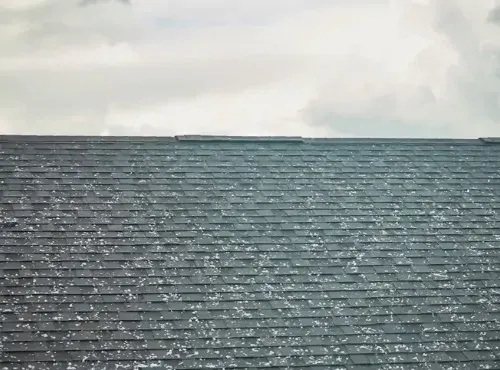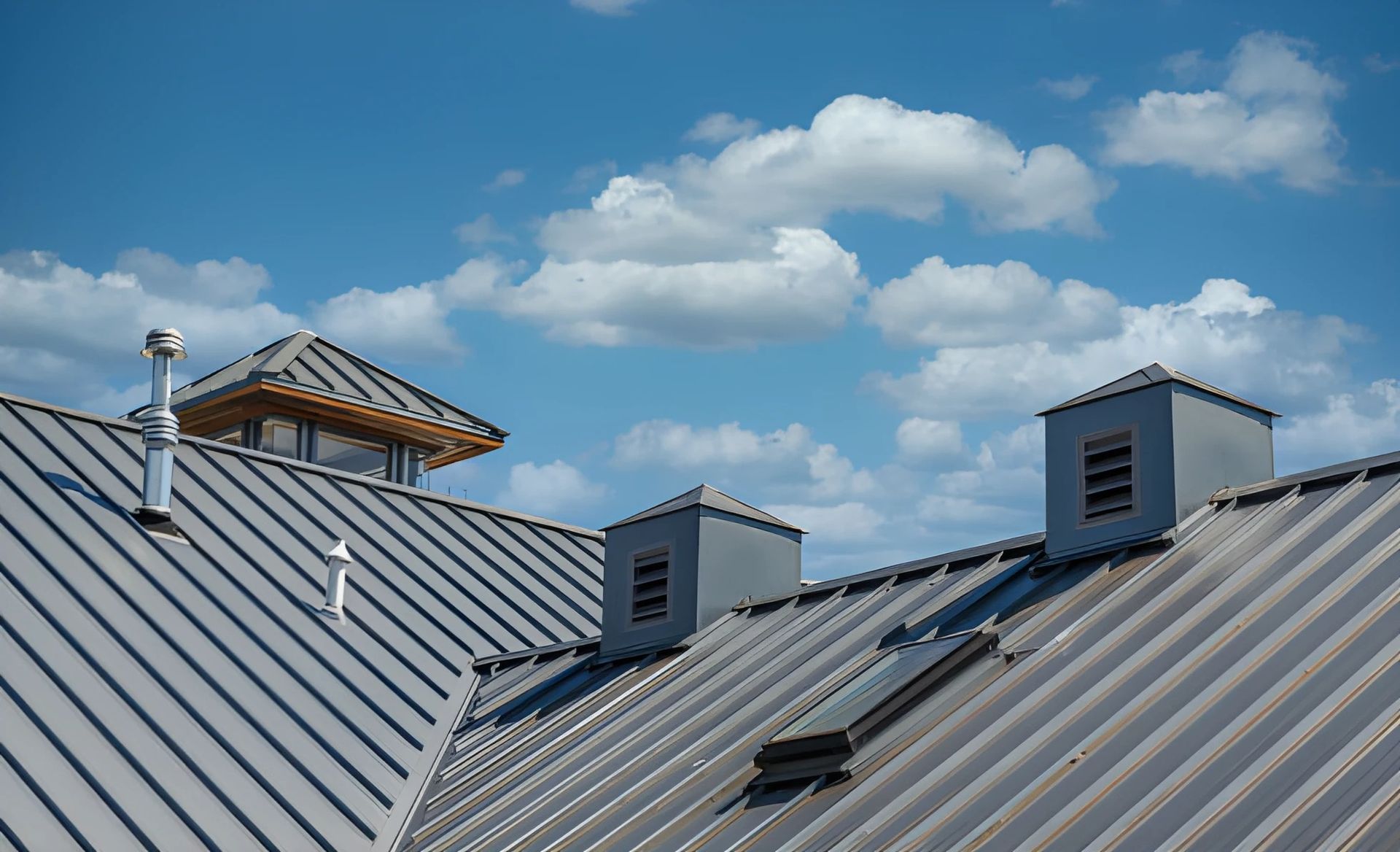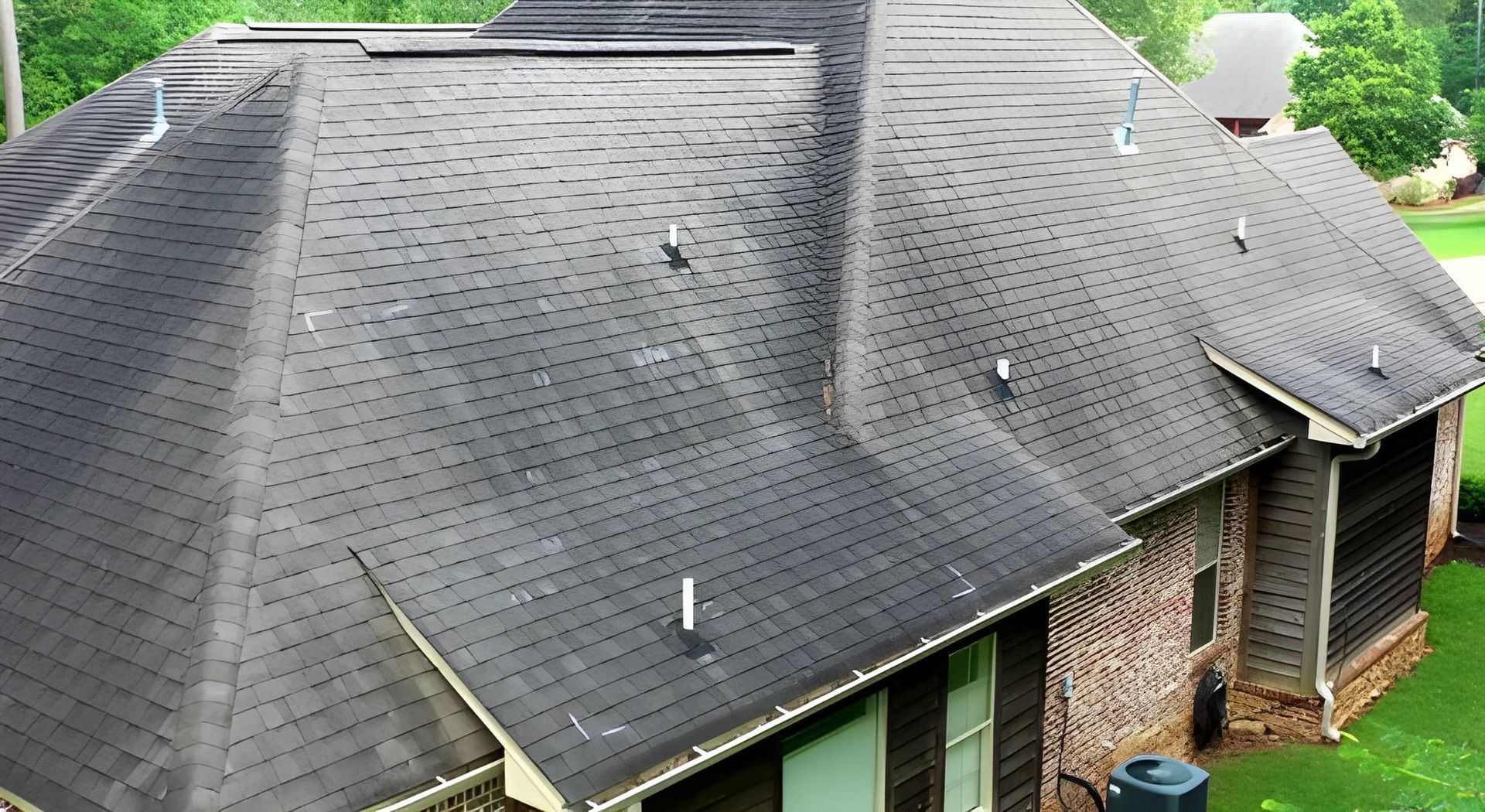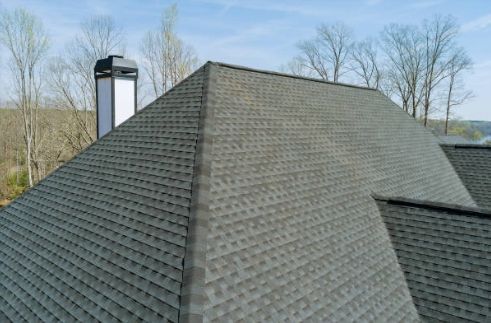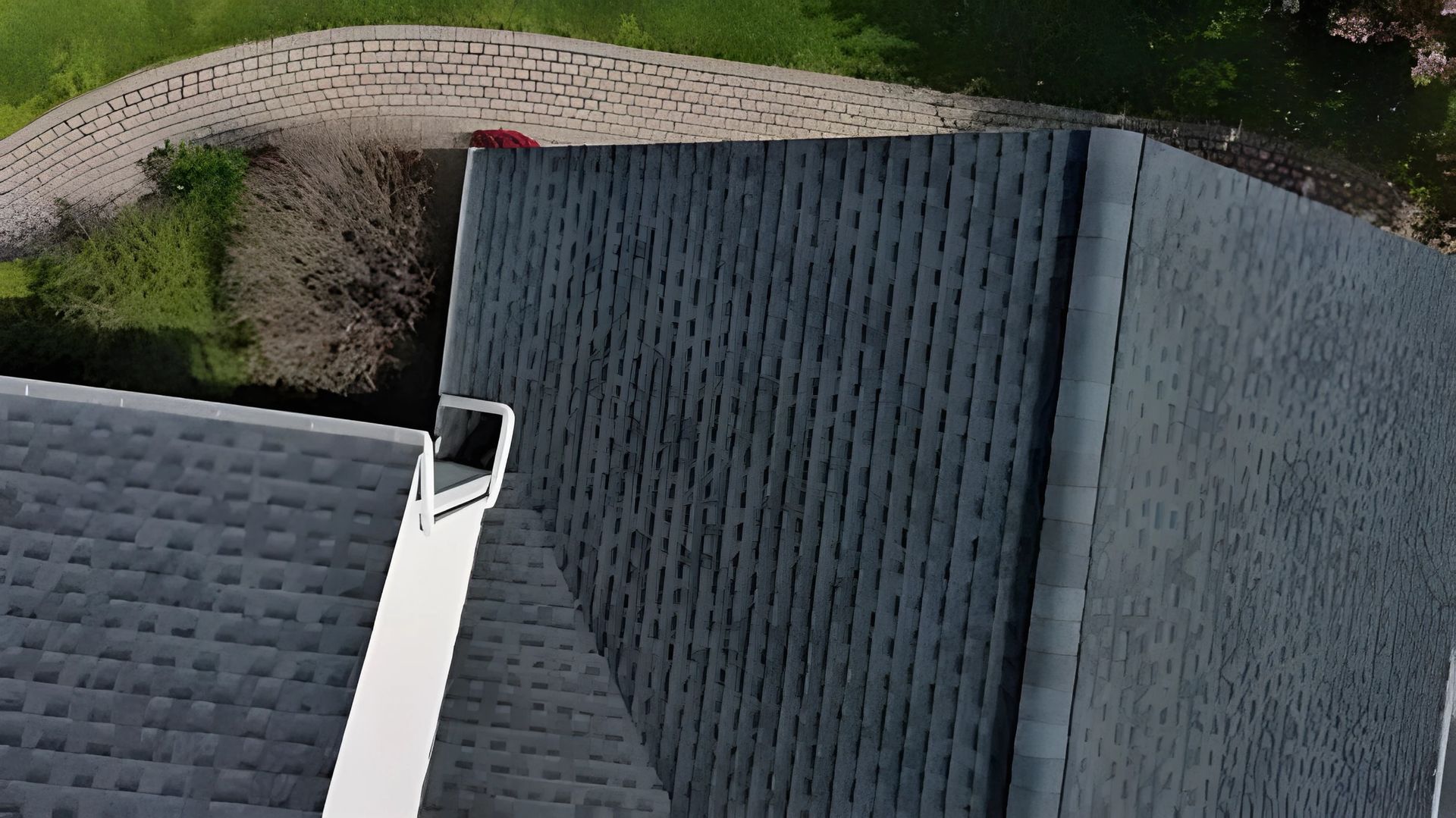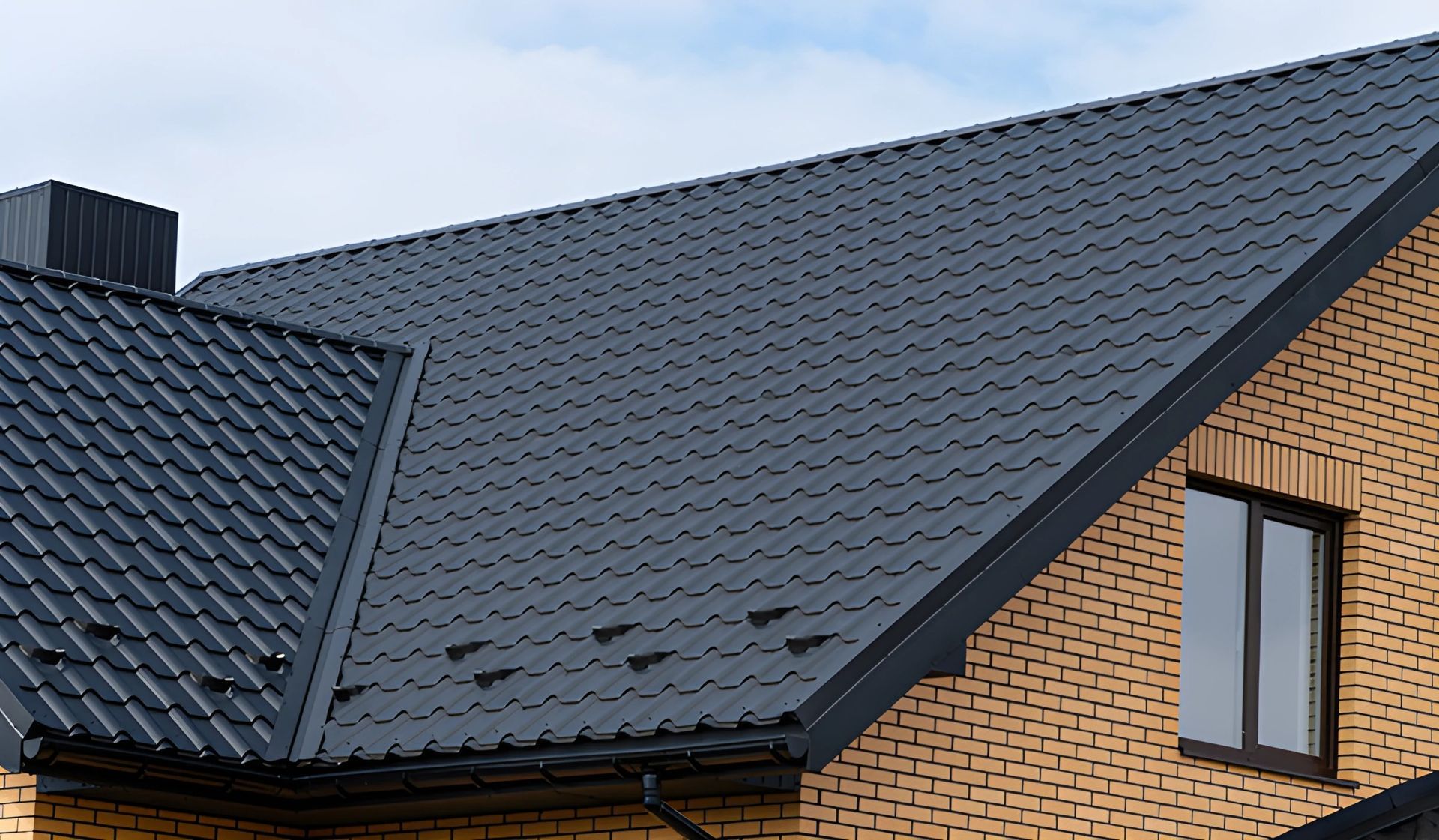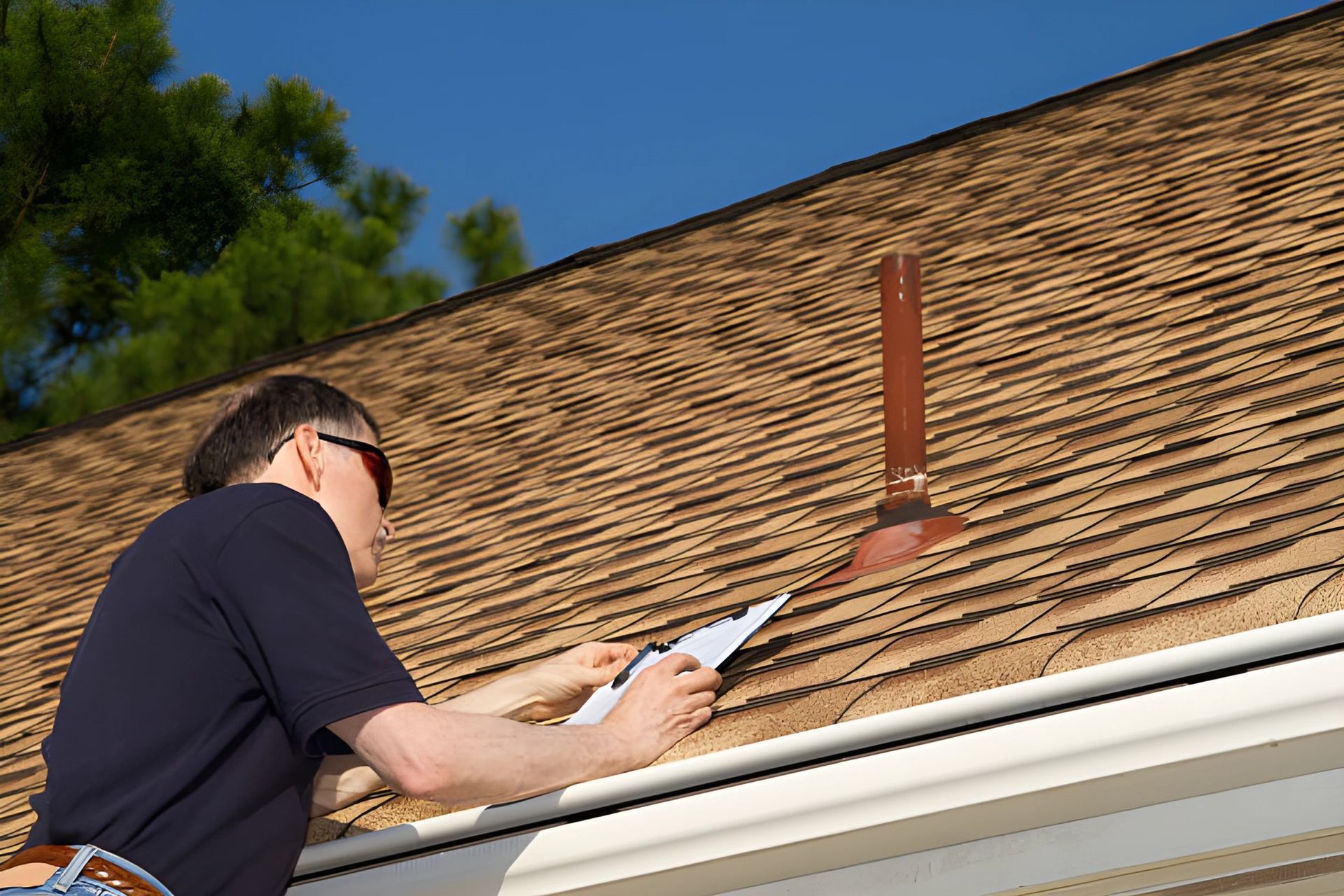How to Protect Your Roof from Florida’s Harsh Weather
Living in Florida comes with its perks—sunshine, beaches, and warm weather—but it also means dealing with hurricanes, heavy rains, and intense heat. Your roof takes the brunt of these elements, so keeping it in top shape is crucial to protecting your home.

At Cane Roofing, we specialize in helping Florida homeowners safeguard their roofs against harsh weather conditions. In this blog, we’ll cover the best ways to keep your roof strong and secure all year round.
1. Choose the Right Roofing Material for Florida’s Climate
Not all roofing materials are built to withstand hurricane-force winds, high humidity, and extreme heat. The best options for Florida homes include:
- Metal Roofing – Can withstand winds up to 140+ mph, resists rust, and reflects heat.
- Tile Roofing – Durable and long-lasting, with excellent resistance to saltwater air.
- Architectural Shingles – Heavier than standard asphalt shingles, offering better wind resistance.
If you’re due for a roof replacement, choosing the right material can save you money on repairs and energy costs in the long run.
2. Schedule Regular Roof Inspections
Florida’s storm season can cause minor roof damage that often goes unnoticed—until it becomes a major issue. That’s why regular professional inspections are essential.
When Should You Get a Roof Inspection?
- At least once a year (before hurricane season is best)
- After a major storm (wind or hail can cause hidden damage)
- If you notice missing shingles, leaks, or sagging
Catching problems early prevents costly repairs down the road.
3. Keep Your Gutters Clean
Clogged gutters can lead to water buildup and roof leaks, especially during Florida’s heavy rains.
How to Maintain Your Gutters:
- Clear out leaves and debris regularly
- Check for cracks or loose sections
- Install gutter guards to reduce buildup
If water isn’t draining properly, it can weaken your roof structure over time.
4. Trim Overhanging Tree Branches
During high winds, tree branches can become dangerous projectiles that damage your roof. Keeping branches trimmed reduces the risk of impact damage and prevents leaves from clogging your gutters.
Pro Tip: Hire a professional to remove large or risky branches to prevent accidents.
5. Secure Loose Shingles & Flashing
Loose shingles or damaged flashing can let in water, pests, and even wind uplift during storms.
Signs You Need Roof Repairs:
- Missing, cracked, or curling shingles
- Water stains on ceilings or walls
- Flashing around vents or chimneys that looks loose or rusted
Ignoring these issues can lead to costly water damage and mold growth.
6. Consider a Roof Coating for Extra Protection
A roof coating can extend the lifespan of your roof by providing an extra layer of protection against:
- UV rays (reduces heat absorption)
- Water damage (prevents leaks and moisture buildup)
- Hurricane winds (improves roof durability)
This is a great preventative measure to keep your roof in top shape.
7. Have a Storm Preparedness Plan
Before hurricane season, take steps to secure your roof:
- Check for loose or missing shingles
- Clear debris from gutters and drains
- Secure outdoor furniture and items that could damage the roof
- Schedule a professional inspection if your roof is older or has past storm damage
Proper preparation can prevent major storm damage and expensive repairs.
FAQs About Protecting Your Roof in Florida
1. What type of roof is best for hurricane protection?
Metal roofing and tile roofing are the most durable against high winds and heavy rain.
2. How often should I replace my roof in Florida?
It depends on the material, but asphalt shingle roofs typically last 20–25 years, while metal and tile roofs can last 50+ years with proper maintenance.
3. Can a roof inspection really prevent storm damage?
Yes! Inspections help catch minor damage before it worsens, ensuring your roof is storm-ready.
4. Does homeowners insurance cover storm damage?
Most policies do cover storm damage, but it’s best to review your coverage and keep documentation of inspections and repairs.
5. What should I do if my roof is damaged after a storm?
- Contact a roofing professional immediately for an inspection
- Take photos of the damage for insurance claims
- Avoid DIY fixes—professional repairs ensure long-term protection
Protect Your Roof with Cane Roofing!
Your roof is one of the most important parts of your home. At Cane Roofing, we offer:
✅ Storm-ready roofing solutions
✅ Free inspections to identify potential issues
✅ Expert repairs and replacements to keep your home safe
📞
Call us today to schedule an inspection and ensure your roof is ready for Florida’s weather!
